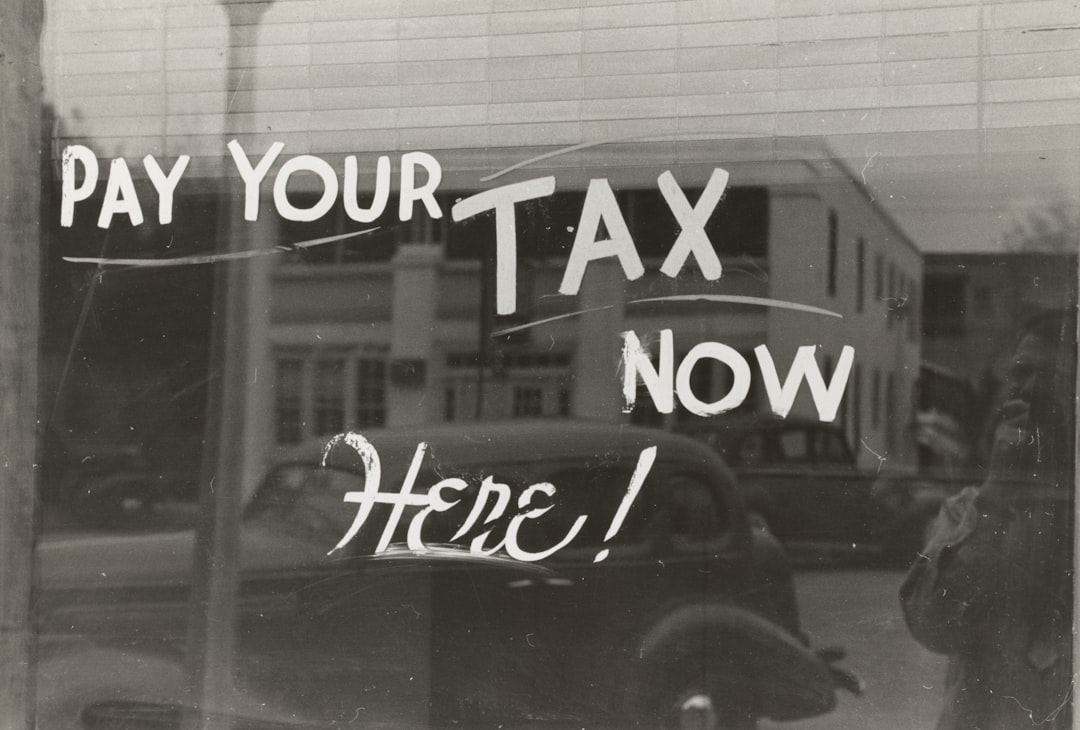What is it about?
I examine whether an RBC model can generate a higher volatility of consumption relative to output, a strong negative correlation between output and the trade balance, and a weak countercyclicality of the real interest rate, phenomena that have been observed in the business cycles of emerging economies, including Korea. From an RBC model with recursive utility, I show that it is not the degree of relative risk aversion, but the elasticity of intertemporal substitution (EIS), that governs the movements of the variables of the model in the log linearized environment. The Bayesian estimation results based on Korean data from the period 1987 to 2013 suggest that there are some elements of success in describing the Korean economy based on the simple RBC model both with the EIS larger than one and with an error term for the real interest rate equation. An EIS larger than one improves the performance of the simple RBC model mainly in the direction of raising the volatility of consumption relative to output. Simulation results show that the error term for the real interest rate process mostly reflects the endogenous channel of financial frictions where the domestic real interest rate depends negatively on the expected (transitory) productivity shock.
Featured Image
Read the Original
This page is a summary of: CAN RBC MODELS EXPLAIN BUSINESS CYCLES IN KOREA?, Macroeconomic Dynamics, April 2016, Cambridge University Press,
DOI: 10.1017/s1365100515000619.
You can read the full text:
Contributors
The following have contributed to this page










